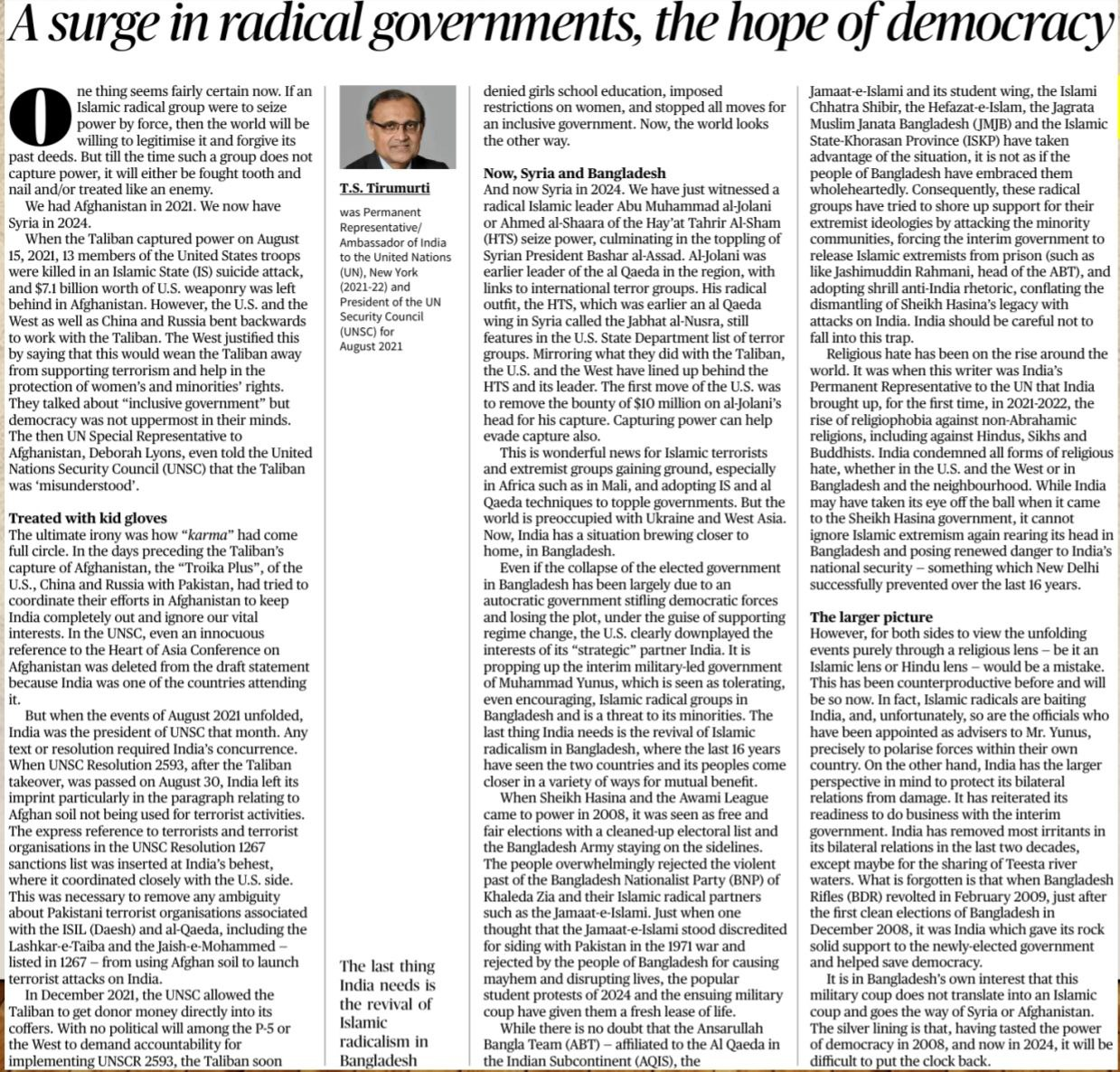1. Reforming the Insolvency and Bankruptcy Code: Addressing Structural Challenges
Introduction
The Insolvency and Bankruptcy Code (IBC), 2016, is considered one of India’s landmark economic reforms. It was introduced to provide a structured mechanism for resolving insolvencies, improving India’s business environment, and holding defaulting borrowers accountable. However, despite initial promise, institutional and procedural inefficiencies have emerged, necessitating reforms to enhance its effectiveness.
Challenges in the Current Framework
- Institutional Bottlenecks
- Role of NCLT and NCLAT: The performance of the IBC depends heavily on the National Company Law Tribunal (NCLT) and its appellate body, NCLAT. However, these institutions are overburdened with cases under both IBC and the Companies Act, reflecting a structural mismatch.
- Limited Capacity: With only 63 sanctioned members, many of whom divide their time across multiple benches, the NCLT lacks adequate capacity to handle the growing caseload efficiently.
- Delays in Resolution
- The average time for resolving insolvency cases has increased to 716 days (FY 2022-23), up from 654 days the previous year, according to the Insolvency and Bankruptcy Board of India (IBBI).
- Procedural inefficiencies, coupled with delays in judicial decision-making, undermine the intent of the IBC to provide timely resolutions.
- Judicial Discretion and Sensitization
- Cases like Jet Airways highlight the need for judicial authorities to avoid overstepping their mandates. Excessive judicial discretion in NCLTs/NCLATs can render the IBC framework ineffective.
- Sparse Use of Alternatives
- Limited use of alternative dispute resolution mechanisms further strains the judicial infrastructure. Mandatory hearings, even for progress reports, add to unnecessary delays.
- Lack of Domain Expertise
- Appointments to tribunals often lack requisite expertise in complex insolvency matters. This creates inefficiencies in handling high-stakes cases requiring nuanced understanding.
Proposed Reforms
- Strengthening Institutional Capacity
- Increase the sanctioned strength of NCLT/NCLAT members and ensure timely appointments.
- Adequate resources and infrastructure must be provided to support judicial and administrative functions.
- Enhancing Procedural Efficiency
- Implement mandatory mediation prior to filing insolvency applications to reduce caseload.
- Introduce specialized benches for handling specific categories of cases like mergers and amalgamations.
- Improving Domain Expertise
- Reform the appointment process to prioritize candidates with judicial and insolvency-related experience.
- Organize regular capacity-building programs for NCLT/NCLAT members.
- Utilizing Alternatives
- Encourage arbitration and mediation as viable mechanisms to resolve disputes and reduce dependency on tribunals.
Conclusion
The Insolvency and Bankruptcy Code, 2016, has the potential to act as a driver of economic rejuvenation and investor confidence. However, its effectiveness hinges on addressing structural inefficiencies and improving procedural mechanisms. A comprehensive reform, focusing on capacity building, domain expertise, and procedural innovations, is essential to ensure the IBC fulfills its objectives in India’s economic landscape.
Mains Practice Question |
Q. The Insolvency and Bankruptcy Code (IBC), 2016, has been hailed as a significant economic reform in India. However, its implementation faces multiple challenges. Analyze these challenges and suggest measures to strengthen the insolvency resolution process in India.
|
2. Radical Governments and the Fragility of Democracy
Introduction
The rise of radical governments, particularly those rooted in extremist ideologies, poses a significant threat to global peace, security, and democratic values. Recent examples in Afghanistan, Syria, and Bangladesh highlight how these governments often emerge under the guise of inclusivity but regress into authoritarianism, restricting freedoms and promoting sectarian violence. This trend underscores the importance of international vigilance and a nuanced approach to preserving democracy.
- Case Studies of Radical Regimes
- Afghanistan (2021):
- The Taliban’s resurgence in 2021 marked a setback for democracy.
- Despite promises of inclusivity, the regime imposed severe restrictions on women and minorities and harbored terrorist groups.
- The U.S. withdrawal left Afghanistan geopolitically vulnerable, with global powers struggling to coordinate responses.
- Syria (2024):
- The recent rise of radical leader Abu Muhammad al-Jolani and the overthrow of President Bashar al-Assad reflect the influence of extremist factions like Hay’at Tahrir al-Sham (HTS).
- The West, echoing its approach in Afghanistan, tacitly supported radical elements, further destabilizing the region.
- Bangladesh (2024):
- Radical groups like Jamaat-e-Islami exploit democratic platforms to push extremist agendas.
- The interim government, formed amid political unrest, faces criticism for undermining secular principles and catering to Islamist hardliners.
- Challenges Posed by Radical Governments
- Erosion of Democratic Values:
- Radical regimes often suppress freedoms under the pretext of religion or ideology.
- Democratic institutions and minority rights are frequently targeted.
- Terrorism and Regional Instability:
- These governments provide safe havens for terrorist organizations, fueling global insecurity.
- Neighboring nations are at risk of spillover effects, including refugee crises and cross-border violence.
- International Policy Dilemmas:
- The West’s inconsistent responses—ranging from sanctions to covert support—often exacerbate instability.
- Balancing geopolitical interests with ethical considerations remains a persistent challenge.
- The Role of India and Global Implications
- India’s Concerns:
- India’s geopolitical interests in Bangladesh, Afghanistan, and West Asia are threatened by the rise of radical regimes.
- Ensuring regional stability and protecting its minority communities are crucial priorities.
- Need for a Coordinated Global Response:
- Strengthening multilateral frameworks like the UN to address terrorism and human rights violations.
- Promoting inclusive governance and development in fragile states to counter extremist narratives.
Conclusion
The emergence of radical governments is a stark reminder of the fragility of democracy in volatile regions. Addressing this challenge requires a holistic approach, combining diplomatic engagement, economic support, and strong counter-terrorism measures. For countries like India, fostering regional stability while safeguarding its national interests must remain a top priority.
Mains Practice Question |
Q. The rise of radical regimes in different parts of the world has profound implications for global security and democracy. Discuss the challenges posed by such governments and suggest measures to counter their impact. |



